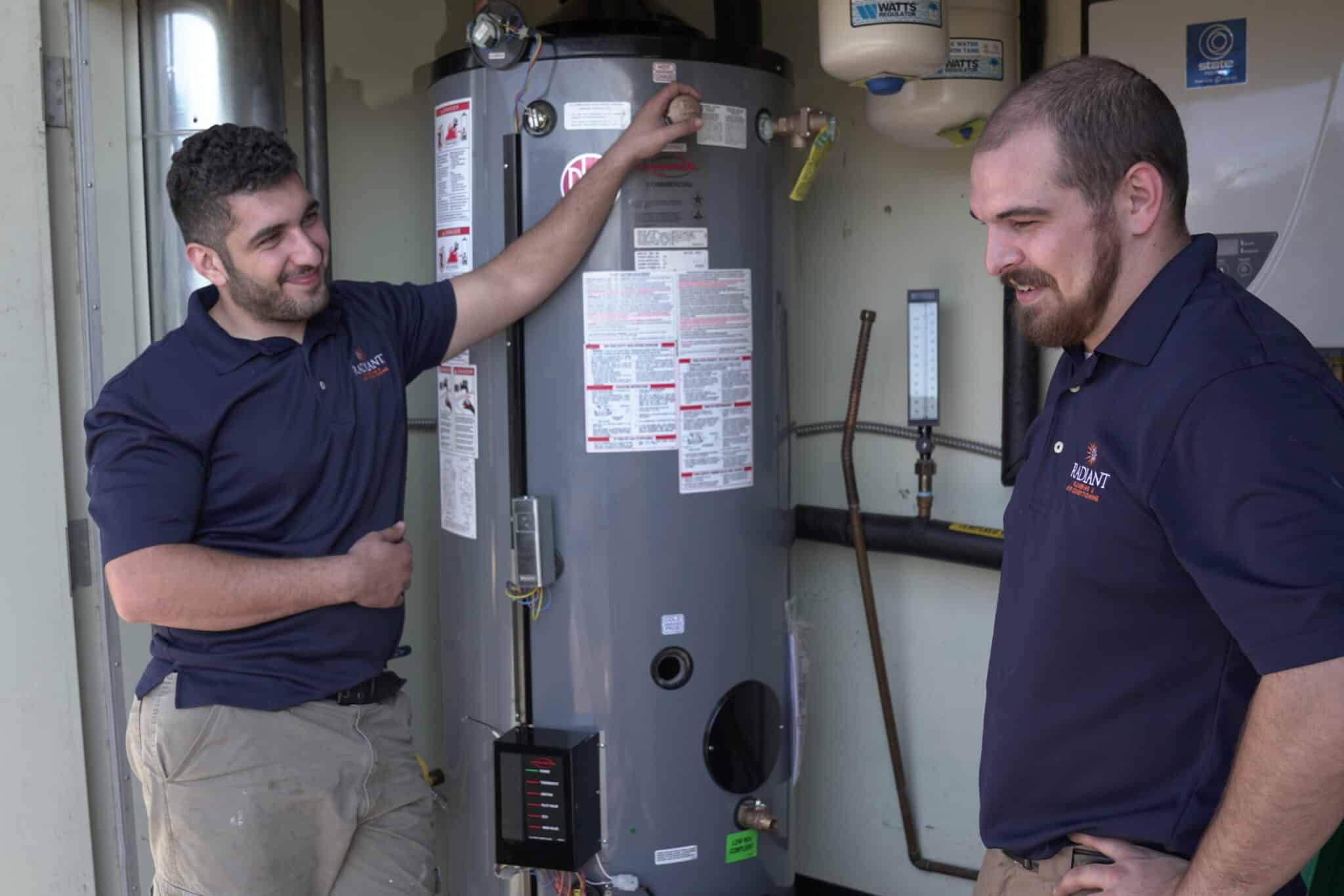Professional Advice for Caring for Your Home's Hot Water SystemWhat to Care for Your Home's Hot Water System Effectively
Professional Advice for Caring for Your Home's Hot Water SystemWhat to Care for Your Home's Hot Water System Effectively
Blog Article
This great article down below about How to Maintain Your Water Heater & Prolong its Life is amazingly informative. Read it for yourself and see what you think of it.

Warm water is crucial for day-to-day convenience, whether it's for a revitalizing shower or cleaning meals. To ensure your hot water system runs effectively and lasts longer, routine maintenance is essential. This post supplies functional suggestions and understandings on just how to keep your home's hot water system to prevent disruptions and pricey fixings.
Introduction
Preserving your home's hot water system might appear overwhelming, however with a few easy steps, you can guarantee it runs efficiently for many years to find. This guide covers everything from recognizing your hot water system to DIY maintenance pointers and understanding when to contact professional aid.
Value of Preserving Your Hot Water System
Regular upkeep not only extends the lifespan of your hot water system but also ensures it runs successfully. Disregarding upkeep can cause reduced efficiency, greater power expenses, and even premature failure of the system.
Indicators Your Warm Water System Demands Upkeep
Understanding when your hot water system requires focus can stop significant issues. Look out for indicators such as irregular water temperature, weird sounds from the heating unit, or rusty water.
Understanding Your Warm Water System
Prior to diving right into maintenance jobs, it's practical to comprehend the standard parts of your hot water system. Generally, this consists of the hot water heater itself, pipes, anode rods, and temperature level controls.
Monthly Upkeep Tasks
Regular month-to-month checks can help capture minor concerns before they intensify.
Purging the Water Heater
Flushing your water heater gets rid of sediment buildup, boosting efficiency and lengthening its life.
Monitoring and Replacing Anode Rods
Anode poles avoid corrosion inside the container. Examining and changing them when worn out is critical.
Checking and Readjusting Temperature Setups
Readjusting the temperature setups ensures optimal efficiency and safety and security.
DIY Tips for Upkeep
You can execute several upkeep jobs yourself to maintain your warm water system in top condition.
Checking for Leakages
On a regular basis inspect pipes and links for leakages, as these can result in water damages and greater bills.
Evaluating Stress Alleviation Valves
Testing the pressure safety valve guarantees it functions properly and stops too much stress build-up.
Insulating Pipes
Protecting warm water pipelines reduces heat loss and can save energy.
When to Call an Expert
While do it yourself upkeep is beneficial, some issues need expert experience.
Complex Issues Needing Expert Assistance
Instances consist of significant leakages, electrical problems, or if your water heater is regularly underperforming.
Regular Expert Upkeep Conveniences
Specialist upkeep can consist of thorough examinations, tune-ups, and ensuring conformity with safety and security standards.
Conclusion
Routine upkeep of your home's warm water system is essential for efficiency, durability, and expense financial savings. By adhering to these tips and knowing when to seek professional assistance, you can make sure a trusted supply of warm water without unanticipated disturbances.
Water Heater Maintenance Tips
Test the TPR Valve
Shut off the power and the cold-water supply valve. Place a bucket under the pipe connected to the temperature-pressure-release (TPR) valve on the top or side of the tank. (This valve opens if the tank pressure gets too high.) Lift the valve’s tab to let some water out, then let go. If water keeps flowing, drain the tank partway, unscrew the old valve with a pipe wrench, and install a new one. Check the Anode Rod
Put a hose to the tank’s drain cock and let out a few gallons of water. Now fit a 1 1/16-inch socket onto the rod’s hex head on top of the heater (or under its top plate) and unscrew the rod. If it’s less than ½ inch thick or coated with calcium, buy a new one, wrap its threads with Teflon tape, put it back in the tank, and tighten securely. Use this segmented rod if headroom above the tank is limited. Drain the Tank and Wash Out Sediment
Drain the remaining water in the tank into the bucket, then stir up the sediment on the tank’s bottom by briefly opening the cold-water supply valve. Drain and repeat until clean water comes out of the hose. Close the drain cock, refill the tank, and turn its power back on. Adjust the Temperature
Find the temperature dial on the side of the tank and unscrew its cover. Adjust the dial to 120 degrees using a flathead screwdriver. For every 10 degrees the temperature is lowered, you can expect to save up to 5 percent in energy costs. Turn the water heater off or the thermostat down to its lowest setting if you plan to be away from home for more than three days. Insulate the Pipes
Buy some self-sticking 3/8-inch-thick foam pipe insulation that matches the pipes’ diameter. Slide the foam over the hot-and cold-water pipes as far as you can reach. Insulating the cold-water pipe prevents condensation in summer. Peel the tape and squeeze the insulation closed. If the pipe is 6 inches or less from the flue, cover it with 1-inch-thick unfaced fiberglass pipe wrap. https://www.thisoldhouse.com/plumbing/21016402/how-to-maintain-a-water-heater

As a fervent person who reads about How to Maintain Your Water Heater & Prolong its Life, I was thinking sharing that piece of content was appropriate. Are you aware of anybody else who is inquisitive about the subject? Be sure share it. I recognize the value of your readership.
Or Book Technician Here Report this page